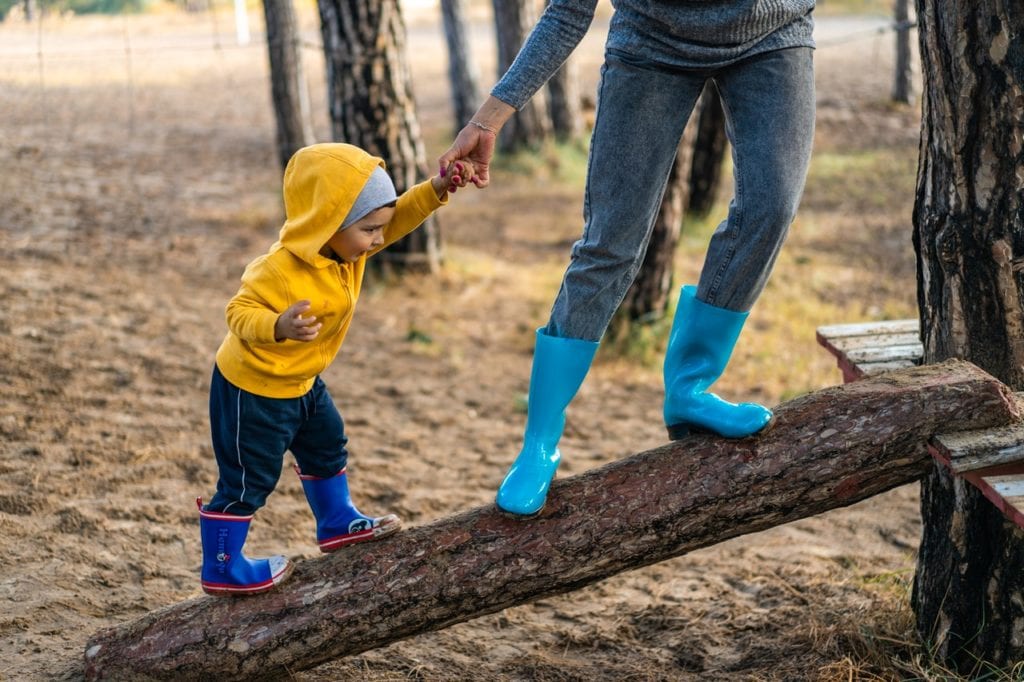What did daily life look like for kids and parents in the good ol’ days of January and February 2020?
Kids adhered to a mostly unyielding structure of school and home life. Routines varied with extracurricular classes, practices, games, and so on. For parents, no matter the age of their kids, life involved a lot of deadlines, decisions, chores, and generally running around like a chicken with its head cut off and hoping for the best.
In the current world, staying at home in pajamas doesn’t have the same allure it did a couple of months ago. The little ones are anxious (and constantly in need of snacks and attention, but only if you are on a work call), teenagers are sad, parents are stressed, everyone is unsure of the future, and the entire country has the most epic cabin fever of all time.
Ask most parents their primary emotion right now, and they will tell you it’s stress. Attempting to work from home (or handling the strain of not being able to work at all) while continuing to perform all of the usual domestic tasks and trying to assuage the whole family’s fears and complaints is overwhelming.
Then there’s the worry. Parents worry about the new normal for their kids, largely because the future is so much more of a mystery than it ever has been.
A friend of a 9-year-old said she is not allowed to leave the house right now. They are coping by baking bread, doing puzzles, and finishing lots of homework together.
Contrary to what we might have thought a month ago, kids are not enthusiastic about being out of school. Consciously, they miss their friends and recess, subconsciously, they miss the traditions and milestones they have been looking forward to crossing for years. Most importantly, kids of all ages miss the things they thought they could rely on: consistency, structure, and routines.
Yes, kids are adaptable, but when home and school, usually the two most solid institutions in their lives, are unfamiliar, unfair, and worrisome, they might feel a mixture of anxiety, confusion, boredom, and instability, depending on their age and situation at home. Adjusting to a world that involves no contact outside of one’s household is disheartening for the most hale of us, but for our youth, it’s frankly depressing.
A friend who is the father of a preschooler says that his son “is sad that he can’t see his buddies or even go to the playground, which is his favorite thing to do.”
Another friend with an 8-year-old in the second grade said that when her daughter found out she wouldn’t be able to see her friends or teacher for an unknown amount of time, she broke down in tears. Her mom says, “She’s struggling with the lack of her usual routine, activities, and interaction with friends and teachers. It’s been rough. Her emotions are all over the place.”
Most of the other kids I know are doing everything but swinging from the light fixtures in their hankering to drive away the boredom and inactivity they face each morning.
Exercising and utilizing our brains, bodies, and emotions is a good way for the younger ones (and perhaps those of us longer in the tooth, too) to channel negative energy into something productive and to help us cope. Uplifting activities and projects for our family have been Facetiming friends and relatives, getting outside to run around, walk, play on the swingset, garden, play with the dogs, or to just wander around and get some much-needed Vitamin D, working on something new like helping to cook dinner, listening to new music, playing a new board game, spring cleaning, or looking at family photo albums.
As we learn to navigate this new world, a recent social media post of my friend Ginger comes to mind. She said everything we are doing right now is learning, regardless of how we are doing it.
“Life is learning. Interacting together is learning. Playing games is learning. Enjoy your time” together.
And let’s continue to stay calm and hopeful that there will be an end to this soon.











